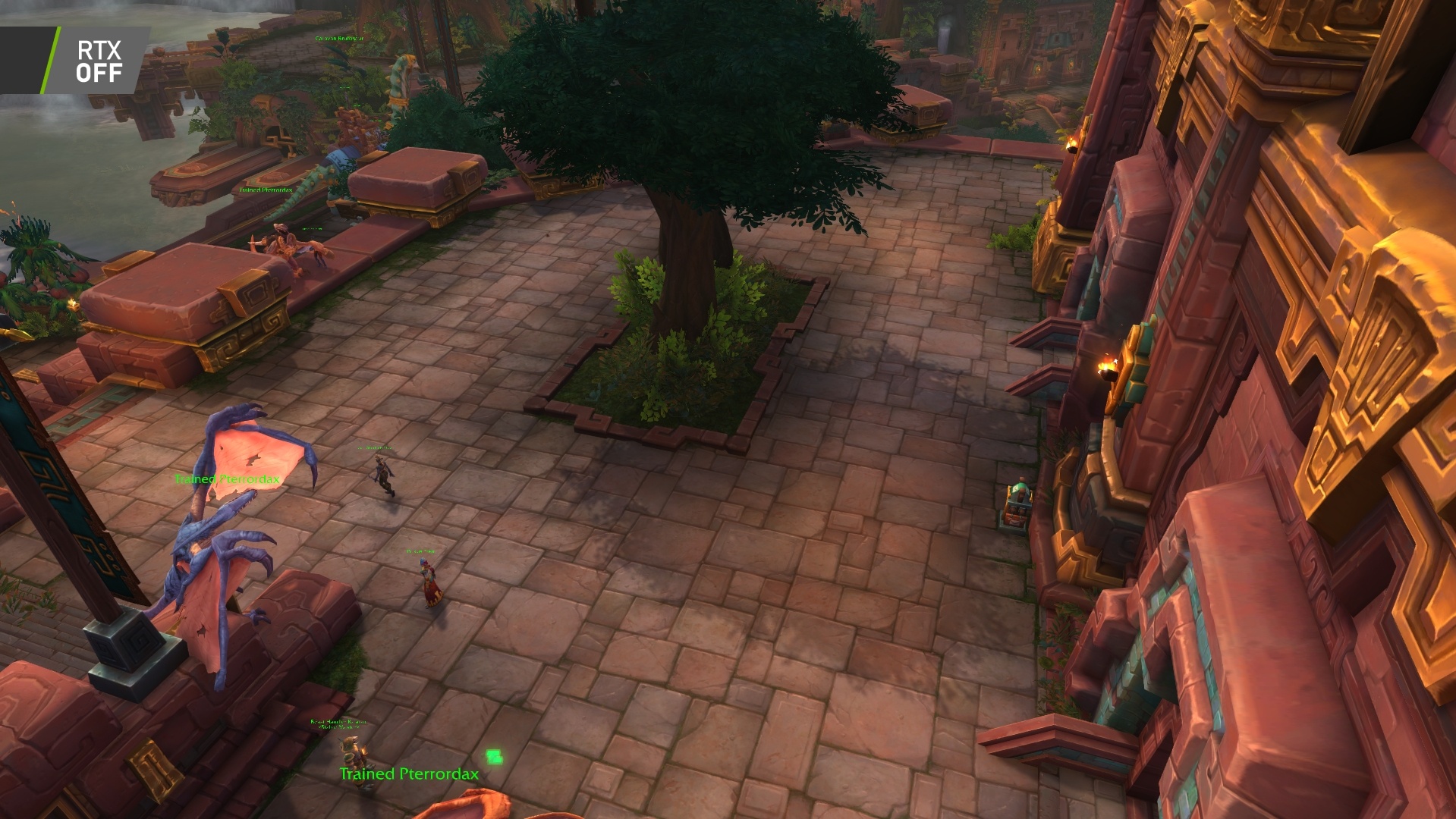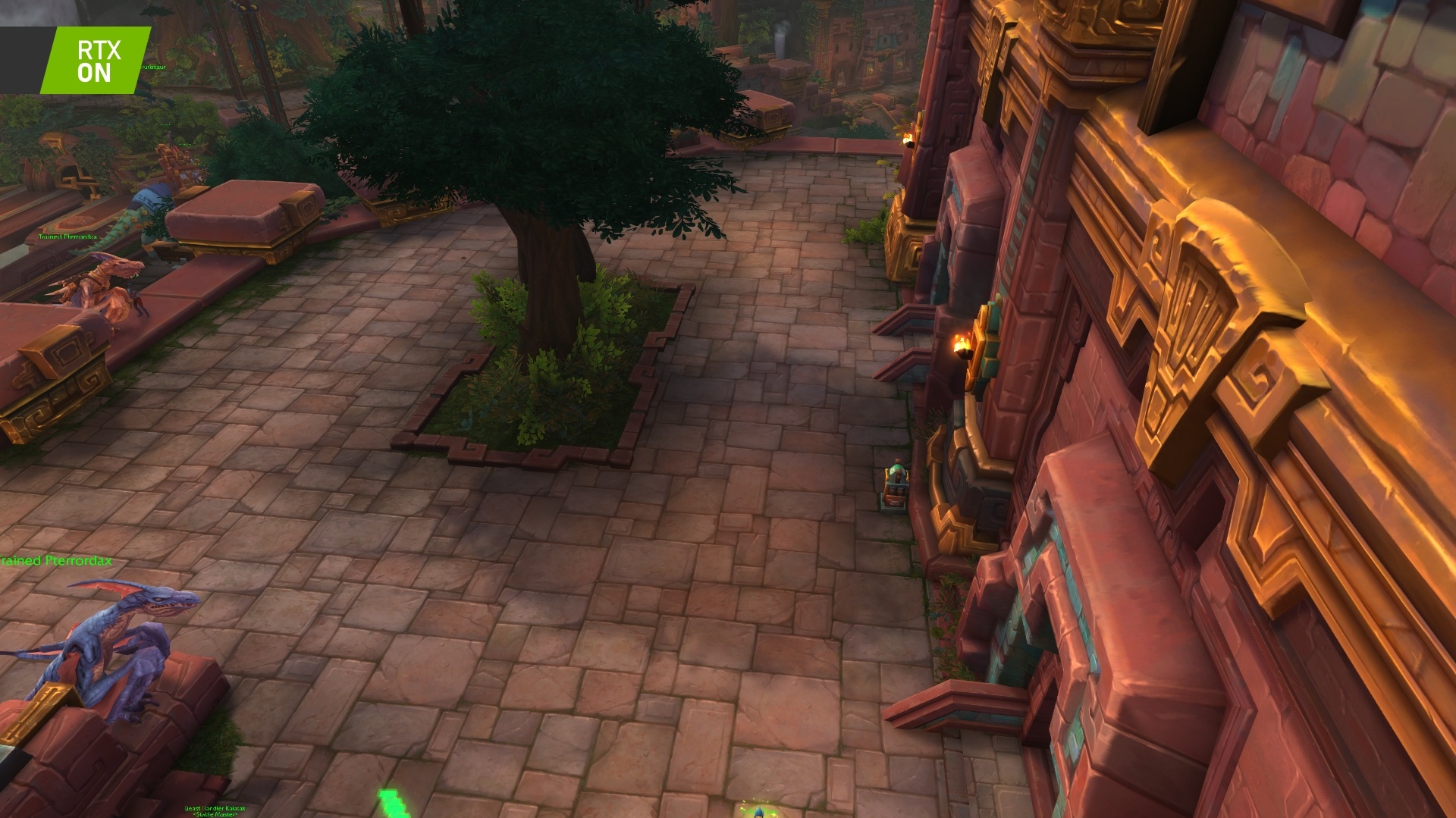No more then you are a pro nvidia and not a big fan of AMD. See how that works...
However you 'feel' about my allegiance still doesnt address why a top end, next gen card still needs games to have TAA for a performance boost using dlss against RDNA 2? And the ability to alter the game's existing IQ from within the drivers?
So let me get this straight. They are going to:
A. Get additional development time for these ampere press releases, existing, games and alter code to give them an advantage by altering IQ.
B. Inject taa
C. Add dlss for a performance boost
One word comes to mind: rigged. Another thought is crysis 2 tessellation controversy.
I hope amd has an answer for that.
Personally, I wouldn't have expected RDNA 2 to compete with a 3080ti to warrant the need for all these changes in benchmark review just for ampere. I mean, this is a first. Again, I'm not making that up. It's coming from a reviewer who's telling us how the review will go. Which is my interpretation. And, why I believe it's a bit underhanded.
Now if you want to continue calling me pro amd because of what I've read in the article then you are only ignoring the discussion at hand. Which is why I say you are upset.










